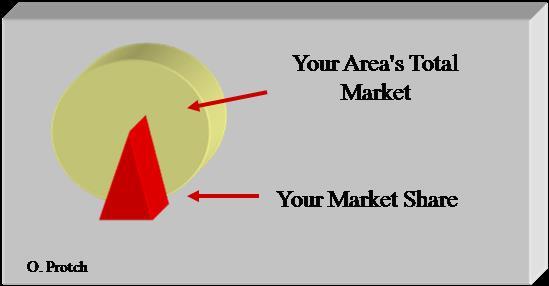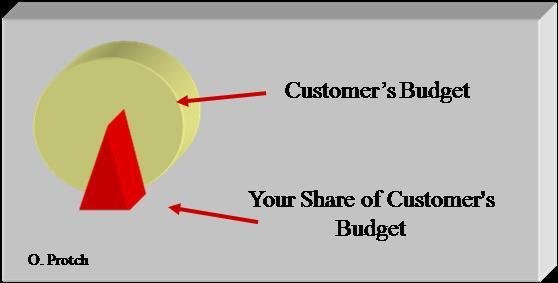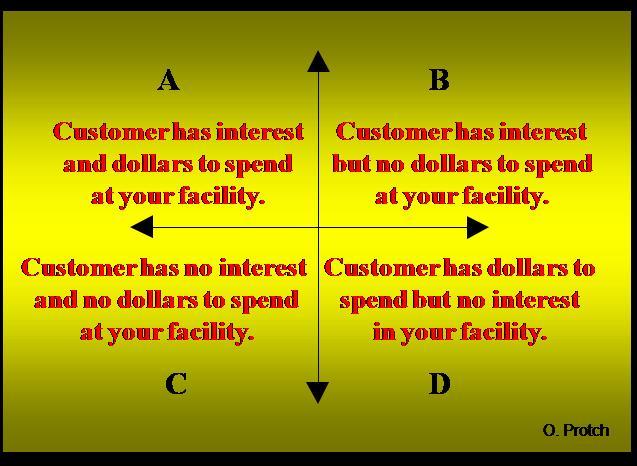- FMA
- The Fabricator
- FABTECH
- Canadian Metalworking
Business of Welding: Making a profit during a downturn
- By Orest Protch
- September 28, 2016
For the last several issues I have been presenting some ideas on how to use basic math to help maximize your profits. But, using an economic term/word that those in government are loath to use, we are in a recession. So what to do? Now that is truly a hot question and topic.
In Alberta the crash in oil prices over the last couple of years has resulted in over 100,000 direct and indirect oil field jobs being lost. Where I work we lost over 3,000. As of July 2016, both Alberta and Ontario are running two of the largest debts of any jurisdiction in the world that isn’t its own country.
So how can my articles help you in these tough economic times? I guess it comes down to your management style, how you view your company's position in the market that you service, and also how you look at life in general.
Let me explain. How do you read the following?
OPPORTUNITY
ISNOWHERE
Ninety-nine per cent of the population will read it as “Opportunity Is Nowhere”. And hopefully your competition reads it this way too. Because this is to your advantage.
A positive goal-oriented individual will read it as “Opportunity Is Now Here”. This is quite a significant semantic difference I would think, even if it does take some effort on your part to see it this way. These people know what they want, what their goal is, and will try to attain it, obstacles be damned.
The other type of individual who reads it as “Opportunity Is Nowhere” is bound to fail no matter what the economy is like. Which did you turn out to be? Do you know why?
During any recession the burden of maintaining the economy lies with the small businesses and entrepreneurs that make up the bulk of society and the GNP. Large industries are just too mammoth to quickly deal with the required retooling to meet the new needs of consumers and their tightened wallets. And just like freight trains, it takes a lot to get large businesses moving again once they are slowed down for any reason. This is when hungry and innovative fabricators can get a bigger piece of the action.
Big-ticket items such as automobiles and new-housing starts may take a hit in a downturn, but most people keep on buying the smaller items, and their disposable income goes toward home improvements or small projects. Kitchen remodeling falls into this category because for a fraction of what a new home can cost, existing dwellings can be improved in terms of net worth, resale value, and personal enjoyment.
And this is how your fabrications should be marketed: not as a nice to have, but as something that can, for a reasonable cost, increase the net worth of your fabrication customers. Every business should have a yearly improvement plan, and during in a recession, this plan becomes even more important and downright critical.
Most business plans take into account your market share in an area, but this is only half the plan (see Figure 1).
Through customer surveys, you may know exactly what your market share is, but probably don’t take into account the other part of the equation: your plan from a customer’s viewpoint. Customers typically spend only a fraction of their total budget with you, so you need to take steps to squeeze a bigger share of their money into your accounts (see Figure 2).
All of your fabrication customers are tuned in to the concept of “WIIFM,” meaning “What’s In It For Me.” This is the most important criteria that drives their spending habits. A customer with money to spend has only one goal or motivation, and that is to get the best price possible from you so that they can go away thinking that they have indeed received a good deal and maximized their own profits.
In many businesses, 80 per cent of sales are generated by 20 per cent of the customer base available. Consider it your goal to make sure that the other 80 per cent of your potential fabrication customer base increases their spending at your establishment to match the fabrication sales to your prime customers. This is how fast-food restaurants battle it out for increased market share.
Increase your market share by increasing your share at the expense of another business. You will find that most customers will not give you their hard-earned money because of your company, but they will do so because of your guarantee on the products you make. Limited warranties have no meaning in a recession. Your customer wants to be assured that they will get their money back unless completely satisfied with their purchase.
If you make it easy for them to get their money back, the main hurdle of their fear of being taken or losing out in the deal is removed. When selling your wares, always put yourself into your customer’s shoes and ask yourself, “Would you buy the product from you?” If not, why should they?
Offering extra guarantees and warranties that far exceed your competition’s is one of the surest ways to get fabrication customers out of your competitors’ grasp and into your own. It shows that you are willing to go that extra mile to meet their prime consideration of WIIFM.
If you are not willing to do this, the customer will only go away empty-handed and feeling that if you are not confident in the products you market, then why should they be? Everyone is looking for a deal, and those fabricators that offer unquestioned money-back guarantees are usually the shops with the biggest orders.
There is a relationship between your market’s spending budget and the services you can provide.
Figure 3 illustrates the four types of existing and potential fabrication customers that are out there. It is obvious that the only companies that can contribute to your bottom line are those found in System A of the chart. Your competition owns those that are in System D.
Potential customers in System B may like your reputation and quality, but the drive to improve the bottom line keeps them away if your pricing is too far out of line with your competition’s. No time should be spent on those in System C as they are obviously in a group that you cannot service; your salespeople should learn to budget their time accordingly.
A recession simply means that you have to sit down regularly and do some basic rechecking of the health of your business. Not once a year, or even quarterly. Set yourself a daily sales goal, and at the end of the week, list the factors that may have influenced the success or lack thereof for the seven days.
You can influence some of these factors, others you cannot. Your time should be spent on minimizing the effect of the negative factors and maximizing the positive ones. The age-old adage “If it ain’t broken, don’t fix it” has no place in a viable business. Always look for innovative ways to take your competitor’s business away.
Recession should be a time of moving forward.
Orest Protch facilitates seminars in basic welding and machining metallurgy for apprentice and journeymen welders, machinists, fabricators and engineers across Canada. He can be reached at oprotch@hotmail.com. Drawings created by the author.
subscribe now


Keep up to date with the latest news, events, and technology for all things metal from our pair of monthly magazines written specifically for Canadian manufacturers!
Start Your Free SubscriptionAbout the Author
- Trending Articles
Aluminum MIG welding wire upgraded with a proprietary and patented surface treatment technology

CWB Group launches full-cycle assessment and training program

Achieving success with mechanized plasma cutting

Hypertherm Associates partners with Rapyuta Robotics

Brushless copper tubing cutter adjusts to ODs up to 2-1/8 in.

- Industry Events
MME Winnipeg
- April 30, 2024
- Winnipeg, ON Canada
CTMA Economic Uncertainty: Helping You Navigate Windsor Seminar
- April 30, 2024
- Windsor, ON Canada
CTMA Economic Uncertainty: Helping You Navigate Kitchener Seminar
- May 2, 2024
- Kitchener, ON Canada
Automate 2024
- May 6 - 9, 2024
- Chicago, IL
ANCA Open House
- May 7 - 8, 2024
- Wixom, MI


















